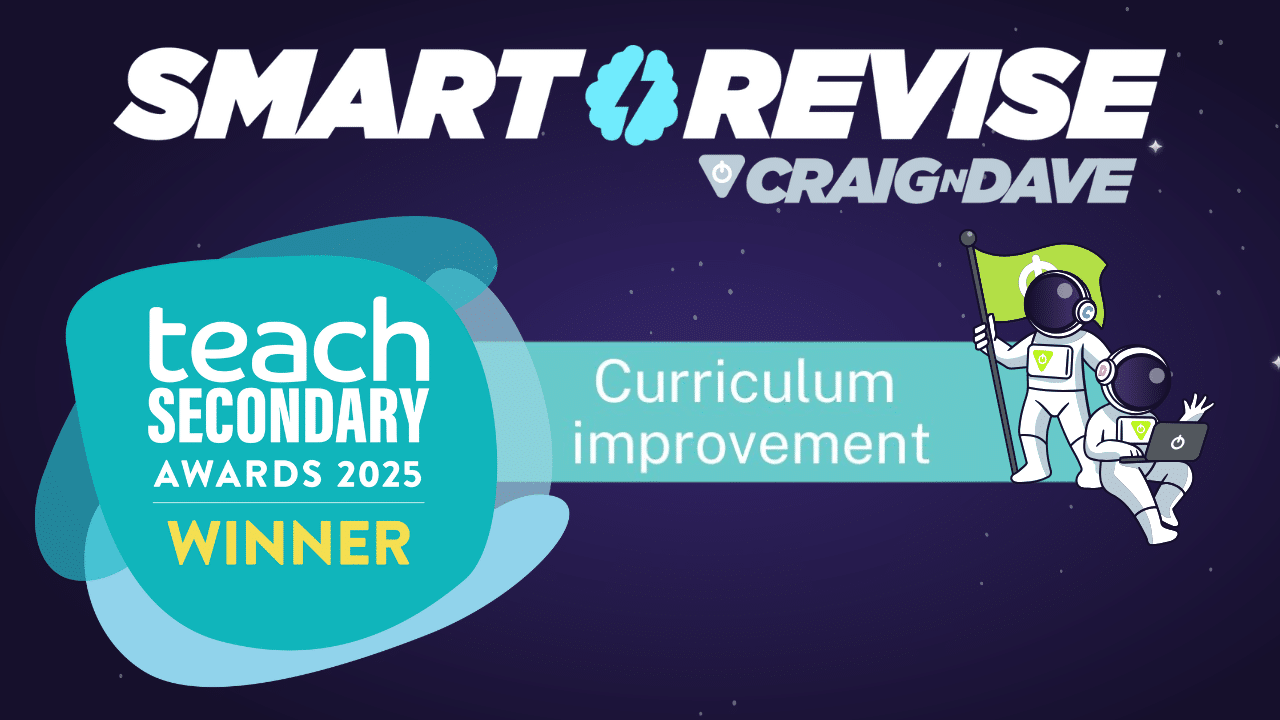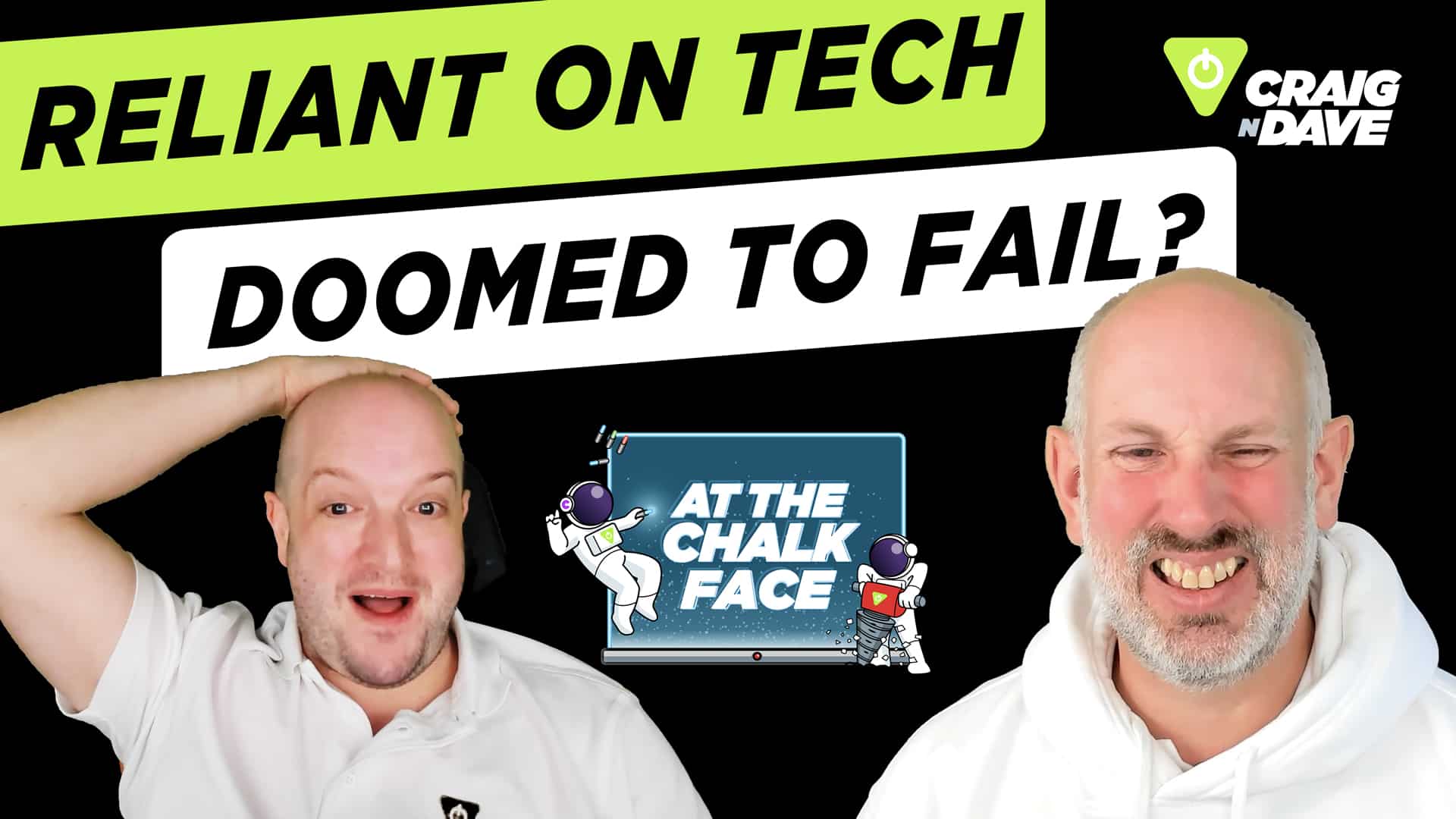
13 May 2025
In the ever-evolving world of gaming and computing, Nvidia’s latest RTX 5000 series has sparked an interesting debate: are graphics cards actually improving, or is AI doing all the heavy lifting?
With the launch of DLSS 4 and some mind-blowing specs, we’re diving into what’s real, what’s AI-generated, and whether any of it really matters.
Are GPUs really getting better?
Nvidia’s new flagship, the RTX 5090, is an absolute beast. With 92 billion transistors, 32GB of GDDR7 VRAM, and memory bandwidth that defies belief, it’s designed to dominate 4K gaming, dabble in 8K, and obliterate your wallet at $1,999. But who is this really for? While gamers will appreciate the power, this kind of hardware is also aimed at content creators, developers, and professionals pushing the limits of rendering and AI-driven applications.
The evolution of DLSS
One of the biggest advancements in recent years has been DLSS (deep learning super sampling). When it first launched in 2018, it was a bit underwhelming—think blurry, pixelated mess. But Nvidia kept improving it, and today, DLSS 4 is a game-changer. Using transformer-based AI models, it enhances graphics, generates frames, and makes gameplay smoother than ever.
DLSS 4 includes three major features:
- Super resolution – upscales lower-resolution images to 4K or even 8K.
- Ray reconstruction – improves ray tracing quality using AI rather than traditional methods.
- Multi-frame generation – creates new frames in real-time, making gameplay ultra-smooth.
This means you can enjoy high-end visuals without needing a ridiculously expensive GPU every year.
Is AI ‘cheating’ in gaming?
Some critics argue that AI-generated frames aren’t ‘real’ pixels, but does it actually matter? If a game looks stunning, runs at 120fps, and feels seamless, is it important whether every frame was painstakingly rendered or if AI stepped in to assist?
It’s a bit like baking a cake—whether the icing was handmade or piped by a machine, the end result is still delicious. For most gamers, AI-powered enhancements are a blessing, allowing them to enjoy top-tier performance without breaking the bank.
The future of GPUs and gaming
One thing is clear: AI is no longer just a sidekick in gaming—it’s taking centre stage. DLSS 4 is proof that Nvidia is leaning heavily into AI-driven enhancements. But there’s a catch: multi-frame generation is exclusive to the RTX 5000 series, meaning older GPUs are slowly being left behind.
For those still clinging to older hardware, the choice is clear: embrace the upgrade cycle or accept a future as a retro gamer. Either way, gaming technology is moving faster than ever, and Nvidia’s latest advancements are redefining what’s possible.
Want to see the tech in action? Check out our full breakdown of the RTX 5000 series and DLSS 4 in our Lesson Hacker video.

Be sure to visit our website for more insights into the world of technology and the best teaching resources for computer science and business studies.
Stay informed, stay curious!










